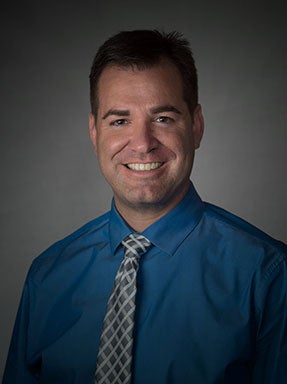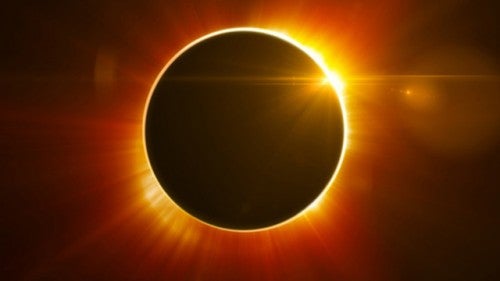The Great American Eclipse
University of Denver to host eclipse watch party
Today, all eyes will be on the skies for a rare experience that few have ever witnessed.
“Solar and lunar eclipses happen about every six months somewhere on earth, but they are more rare where we happen to live,” says Robert Stencel, the William Herschel Womble Professor of Astronomy and director of DU observatories. “This first across the whole U.S. eclipse since 1918 allows modern equipment to be deployed, enabling time-lapse studies normally possible only with solar telescopes in space.”
Tens of millions of Americans will be in the path of today’s total eclipse as it moves from Oregon on the west coast to South Carolina on the east coast. Residents of the other states, including Colorado, will witness a partial eclipse. Anyone viewing the eclipse from the University of Denver campus will witness about 92 percent of the sun being covered by the moon.
“The brilliant crescent sun will provide an unusual sight for Coloradoans, and when safely observed, will provide a memorable experience for all ages,” Stencel says.
In Colorado, the eclipse will begin around 10:30 a.m. and will last for nearly three hours. The maximum coverage will occur at roughly 11:45 a.m.
For scientists, a total eclipse is a rare opportunity to view the corona and the hot gases that surround the sun.
DU’s Division of Natural Sciences and Mathematics is hosting a small watch party on the lawn between F.W. Olin Hall and the Boettcher Center. In addition to providing viewing glasses, the Society of Physics Students will be available to answer questions.
For a preview of what the eclipse will look like in Denver, please click here.









